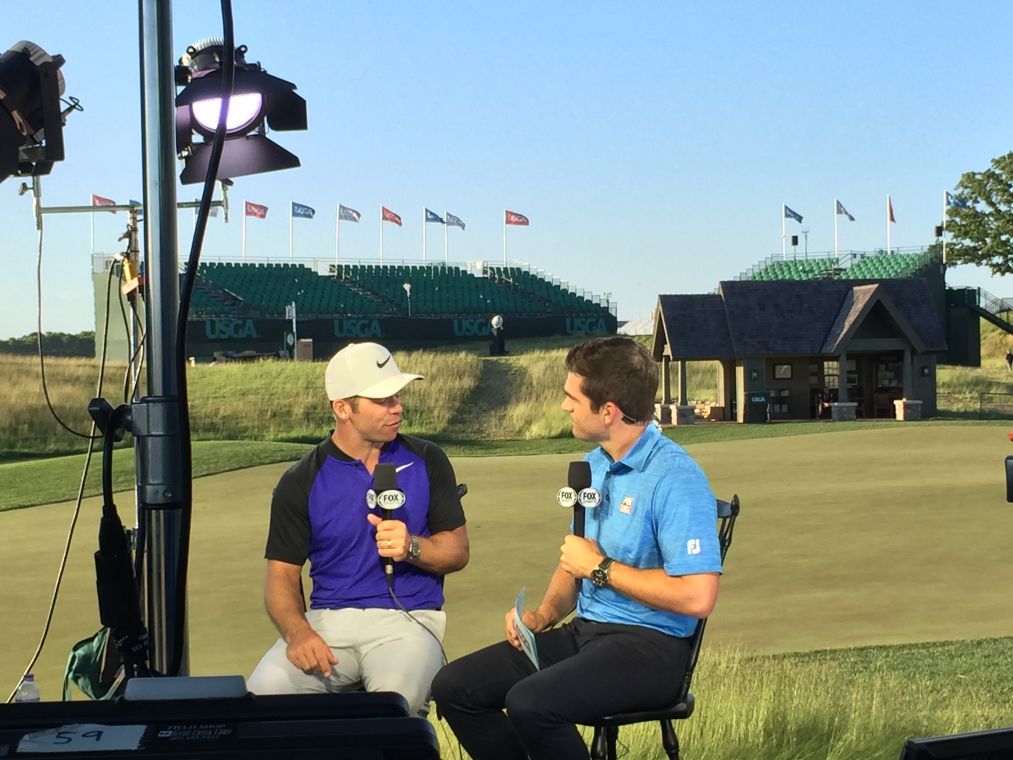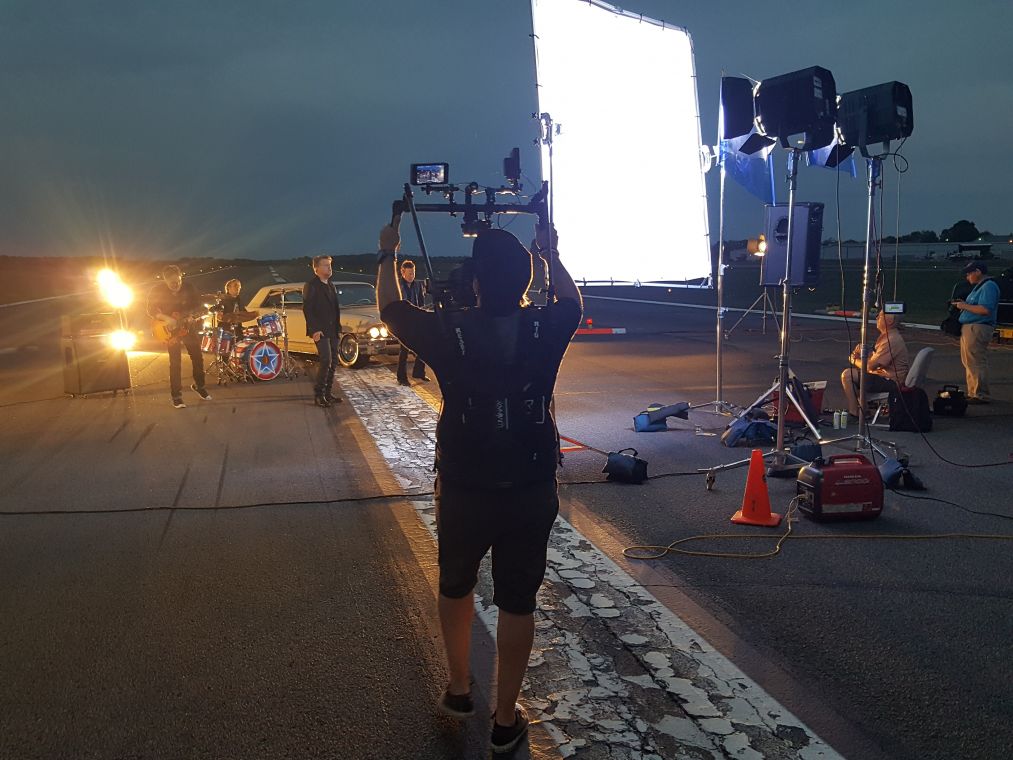Game of Thrones fans took to social media after the Battle of Winterfell episode to voice their displeasure about the series’ lighting – or lack thereof. Lighting is an essential element for any scene, but recent lighting decisions by the show’s cinematographer made it extremely difficult for home viewers to see much of the action that was taking place.
Lighting delivers an emotional impact for every scene and the show’s cinematographer placed the blame not on the lighting, but the way that audiences were viewing it. He noted that Game of Thrones is lighted in the same way as a feature film and that home viewers didn’t know how to adjust their TVs properly.
He also sited watching on mobile devices that aren’t appropriate for cinematic filming techniques, watching in a brightly lit room, and compression of the episode by HBO that affected visual quality. The cinematographer also said the lighting was designed to give the impression of disorientation as it would be if the battle was real. The battle did take place at night so it was a low light environment, making the lighting decisions even more critical.
It’s a perfect example of how lighting decisions can make or break an episode or an entire film. It’s also an illustration of how light can be used to represent the clash between good and evil. The points made by fans and the cinematographer were all valid. Compression does degrade quality and mobile devices are not ideal for viewing TV or films shot in certain ways.
Conversely, today’s TVs have multiple settings. Any program or movie typically displays well enough for audiences to catch all the action. Home viewers have no way of knowing ahead of time that they’ll need to adjust their TV settings. It’s entirely possible to light scenes that establish mood while utilizing shadows to demonstrate the same effect that the Game of Thrones cinematographer was trying to accomplish.
Frank Gatto & Associates, Inc. are specialists in lighting for television events of all kinds. If you have an event that needs expert lighting, please call us today to see how we can help.
Phone: 561-368-0101
Email: frank@frankgattolighting.com
We can be found on Social Media at the following links.



